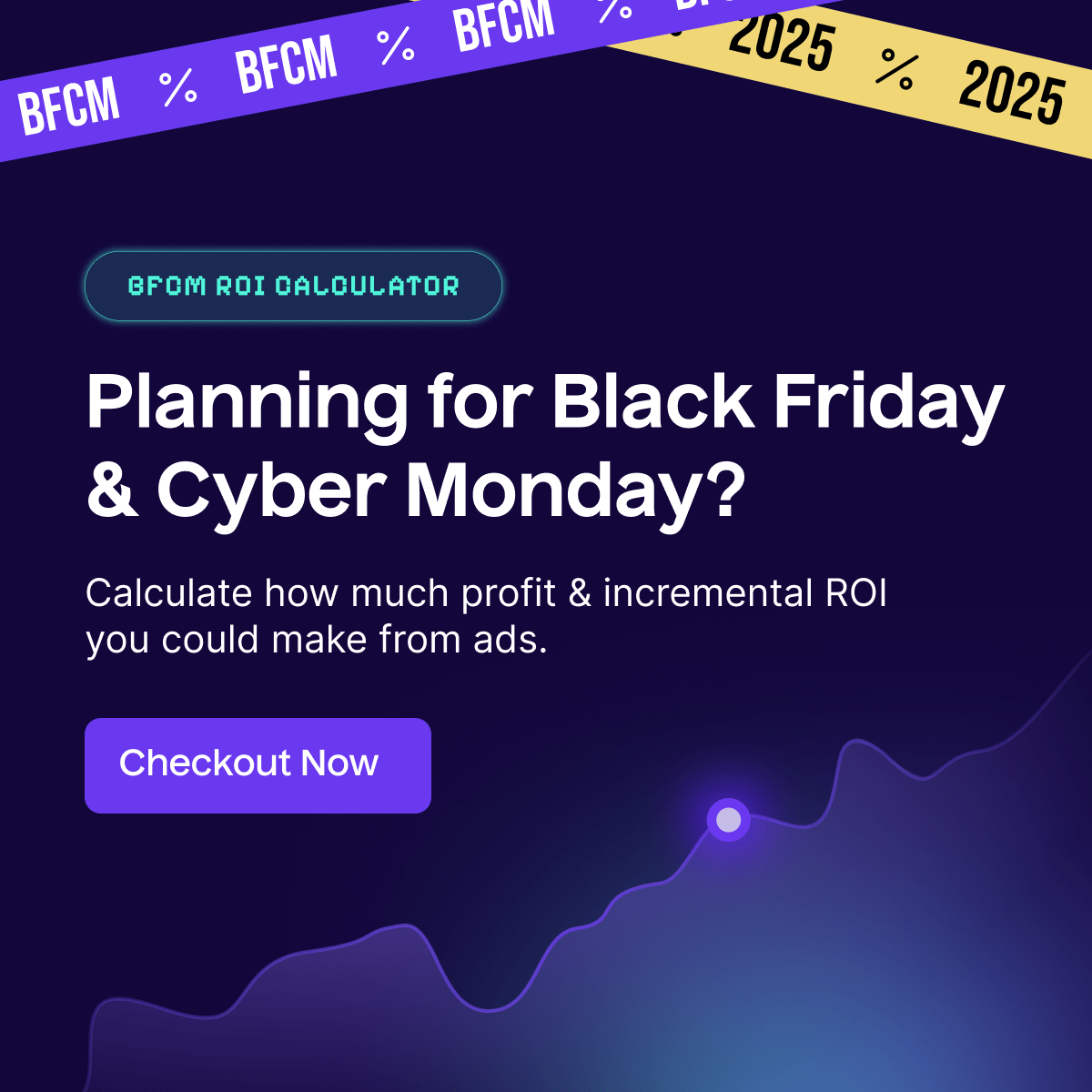What is Position based Attribution model?
The Position-Based Attribution Model, also called the U-Shaped Model, attempts to balance the acknowledgment for customer conversion between the first interaction (awareness stage), the last interaction (decision stage), and the middle interactions (consideration stage). The model argues that the introduction and conclusion of a marketing effort are the most impactful. Thus, it attributes more credit, 40% each, to the first and last interactions. The remaining 20% is evenly distributed among any middle, or intervening, touchpoints.
Formula
There isn’t an exact formula for the Position Based Attribution Model as the distribution of credit is typically 40-20-40, meaning 40% of the credit goes to both the first and last customer interaction points and 20% is equally divided among the rest of the interaction points.
Example
Consider a customer journey where a customer discovered your product via Facebook ad (first interaction), read a blog post about it (middle interaction), clicked on an email link (middle interaction) and finally made a purchase through Google Ads (last interaction). In this scenario, the Facebook Ad and Google Ad would get 40% of the credit each while the blog post and the email link would share the remaining 20%.
Why is Position based Attribution model important?
This model finds a sweet spot between valuing each point of contact and placing a heavier emphasis on the crucial touchpoints. By attribiting significant value to the first and last touchpoints, it gives a more holistic view of what motivates the customer to make a purchase. It helps brands steer their marketing strategy by identifying which channels drive awareness and ultimately lead to conversions.
Which factors impact Position based Attribution model?
The Position-Based Attribution Model, while balanced, does have its flaws. Improving it involves understanding your customer journey better. Through proper data analysis and constantly revisiting your attribution model, the weights assigned to different points can be adjusted for a more accurate representation.
How can Position based Attribution model be improved?
Multiple factors can impact the effectiveness of the Position-Based Attribution Model. These include the length of the sales cycle, variety of marketing channels used, the product or service being sold, and even the frequency of customer interactions with these channels.
What is Position based Attribution model’s relationship with other metrics?
There’s an important correlation with other ecommerce metrics like Conversion Rates, Customer Acquisition Cost (CAC), or Lifetime Value (LTV). Through a well-implemented Position-Based Attribution Model, businesses can gain insights to optimize their marketing budget allocation, reduce CAC, and improve LTV by focusing on the right customer touchpoints.
Free essential resources for success
Discover more from Lifesight
























































